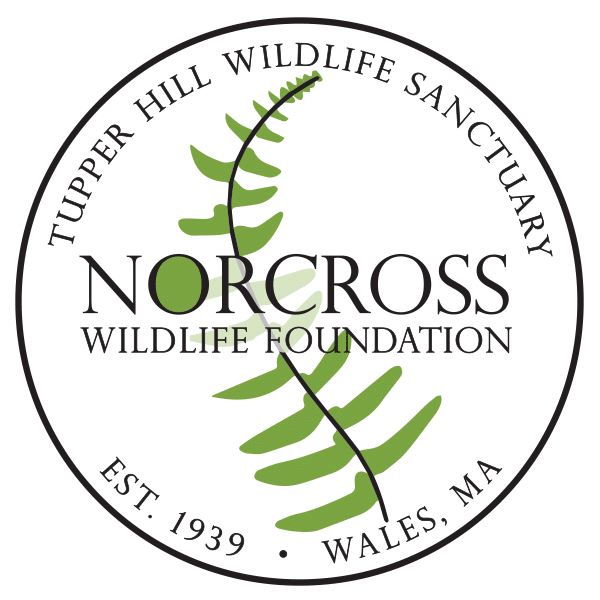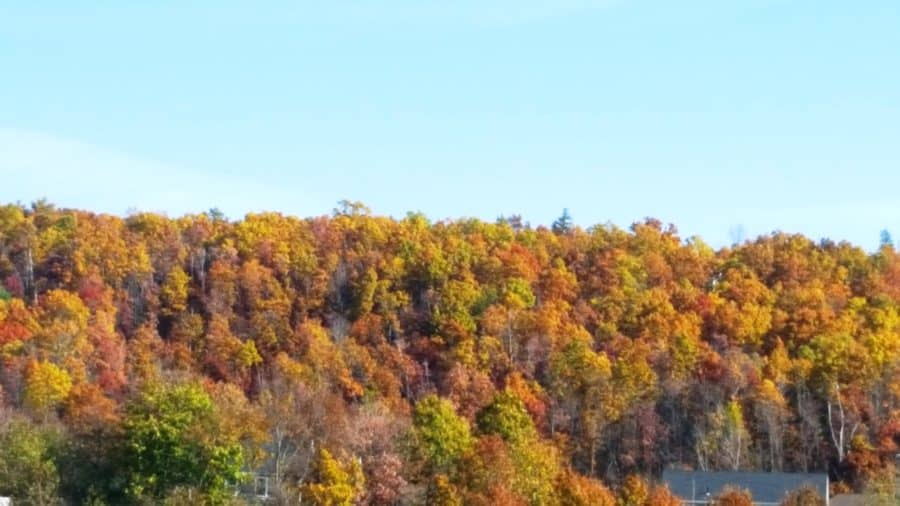Both Mr. Norcross and I share a fondness for ferns. They are beautiful in the garden and some of our species represent little-seen and little-known species. Mr. Norcross collected ferns from all around the eastern U.S. (this was typical of his era). Now I grow those ferns from spore, and have added a few favorites of my own.
Ferns are often overlooked, but provide a tremendous amount of beauty and texture in the garden. Ferns can be used as a specimen plant – one that is large and showy stands out among the wildflowers. Goldies fern (Dryopteris goldiana) is large and bold with a coarse texture. Its fiddleheads (emerging fronds) are covered in golden and dark brown scales making it look like animal paws on the soil surface. Cinnamon fern (Osmundastrum cinnamomea) and Interrupted fern (Osmunda claytoniana) are large wetland ferns that have boldly colored spore-bearing structures and grow to waist height. Ostrich fern (Matteuccia struthiopteris) has feather like fronds that are widest at the top and narrow to the base – they are finer textured than those above and grow in seasonally moist areas. These species can be very prominent plants in the garden landscape.
Some ferns make a statement with their color – certain species have silvery foliage, black or red stems. One of my favorite ferns is the red-stemmed Lady fern (Athyrium angustum f. rubellum) with its delicate and fine texture foliage and deep blood-red stems. Maidenhair fern (Adiantum pedatum) not only has dark black stems, but also have an unusual texture or form as they grow through the garden. Many people remark on its beauty as they walk the trails. It is also nice because it remains green so long in the season. While not found on the Norcross Wildlife Sanctuary, Japanese painted fern (Athyrium pictum cv. Nipponicum) and Autumn fern (Dryopteris erythrosora) are non-native ferns that have beautiful color in their foliage. The painted fern is silvery with a deep red stem. The Autumn fern emerges with a deep rust color to the foliage, turning deep green as it matures.
There are some smaller, finer textured ferns that help blend a diverse garden. Eastern brittle fern (Cystopteris protrusa) is often the first fern to emerge in the spring. It is a bright green color – almost neon as it unfurls. It only grows about 6 inches high, but it spreads nicely forming a tight clump. Although early in the garden, it also fades early – looking spotty and dull as fall approaches. Oak fern is another low-growing creeping fern that makes its way through the garden. Its foliage is described as tri-pinnate, having 3 main “branches” on each frond which gives it a distinctive look.
Mr. Norcross’s favorite ferns were the small, lime-loving ferns – ebony and maidenhair spleenworts and Walking fern (Asplenium platyneuron, A. trichomanes, and A. rhizophyllum). These ferns are rarely seen in this part of the state, but he built special gardens for these plants, loaded with hard limestone rocks that keep the pH of the soil high. These species are usually found in the Berkshires of Massachusetts where limestone outcroppings are more common.
At the Norcross Sanctuary we have over 50 species of native ferns. Come take a walk and see how many you can find along our trails. There is a fern for every garden setting and though most of us think of ferns as shade lovers – there are even ferns that prefer a sunny location!



